
[ad_1]
In 1988 after thirty years of excessive tensions China and the Soviet Union made the primary steps in the direction of a normalisation of relations. With the Chilly Struggle coming to an finish and the Soviet economic system in decline below Mikhail Gorbachev’s Perestroika, Moscow sought to strengthen its geopolitical and financial positions and scale back its expenditures on navy property going through eastwards by decreasing tensions with its largest neighbour and forming the beginnings of a constructive partnership. Higher relations had been rapidly adopted by discussions on the potential for arms sale to modernise the Chinese language Individuals’s Liberation Military (PLA), which might have supplied a lot wanted revenues to the Soviet defence sector following the losses its Warsaw Pact consumer base as a nicely as a method of additional cementing ties with Beijing. China had for the final decade been pursuing defence cooperation with america and Western European states to modernise its navy, specifically its air drive, with the U.S. supporting Chinese language efforts to enhance its troubled J-8 interceptor program and France offering air to air missiles for integration onto older Chinese language J-7 fighters amongst different navy gadgets. These efforts had been pursued from the late Seventies as a method of strengthening China in opposition to the Soviet Union, though they got here to an abrupt finish on the finish of the last decade as Sino-U.S. and Sino-European relations deteriorated sharply, with the conclusion of the Chilly Struggle and Soviet decline eradicating the perceived want for the West to assist Beijing in opposition to Moscow.
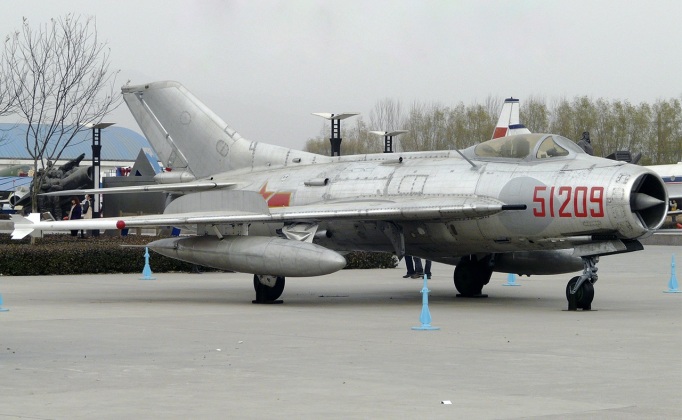
As discussions on gross sales of fighter plane to China had been opened, the Soviet Union provided the MiG-29 Fulcrum fourth technology medium weight plane to fulfill the PLA’s wants. The MiG-29 was virtually three a long time forward technologically of something in Chinese language service, and having entered service in 1982 it boasted a low pace flight efficiency with out match and entry to sensors and air to air missiles that had been a minimum of on par with essentially the most succesful overseas plane from its weight vary. Though China had not bought Soviet armaments for a number of a long time, the nation beforehand acquired a whole bunch of Soviet fight plane within the Nineteen Fifties when Beijing and Moscow had been treaty allies. Within the early years of the Chilly Struggle China had been the main overseas consumer for Soviet fight plane, buying Tu-4, Il-28 and later Tu-16 bombers in addition to MiG-9, MiG-15, MiG-17 and MiG-19 fighters and producing the Il-28, MiG-17 and MiG-19 below license domestically.
When the Chinese language Communist Occasion got here to energy in 1949 the nation had been ravaged by a long time of struggle, suffered from widespread malnourishment, illness and opium addition, and had a negligible industrial base that means even with efficient administration it might take a number of a long time to bridge the commercial hole with main powers. Thus when the Sino-Soviet cut up triggered deterioration in relations in 1960, chopping off additional Soviet arms shipments or expertise transfers, China struggled to develop any new fight plane designs. It as an alternative centered efforts on enhancing the capabilities of present designs, specifically the MiG-19 which it might proceed to supply for over twenty years in addition to the Tu-16 and MiG-21 would it might finally handle to fabricate domestically based mostly on Soviet technical paperwork and a small variety of airframes acquired. By the tip of the Chilly Struggle, nonetheless, the Chinese language Individuals’s Liberation Military Air Power was technologically a number of a long time behind the united states with modernised MiG-19s forming the big majority of its fighter fleet. The MiG-19 and Chinese language variants of the MiG-21 had been a minimum of two generations behind the MiG-29.
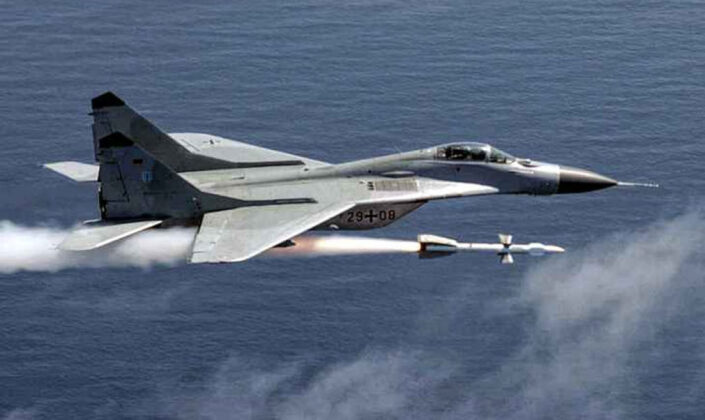
In September 1989, the Soviet “Crimson Star” printed an unique interview with the Chief of Workers of the Soviet Military who informed reporters that if China sought receive the MiG-29 or different excessive efficiency Soviet jets: “the Soviet authorities believes that there isn’t any political impediment.” The MiG-29 was in manufacturing on an incredible scale in the united states at a charge of near 100 airframes per 12 months, and had already been extensively exported to Warsaw Pact states, Iraq, Syria, North Korea and India. Contemplating the newfound geopolitical significance to Moscow of a rapprochement with China, allowing MiG-29 gross sales was removed from sudden. On April 23, 1990, Chinese language Premier Li Peng paid an official go to to Moscow and proposed a restoration of cooperation in aviation. He additional provided barter agreements of Chinese language commodities together with foodstuffs in change for aviation tools. On Might 31 Vice Chairman of the Chinese language Central Army Fee Liu Huaqing led a navy delegation to Moscow which reached an settlement on military-technical cooperation and opened the best way to procedural negotiations for Soviet fighter acquisitions. The Chinese language delegation on the time discovered about present Soviet fighter designs together with fashions which had not beforehand been provided for export. It was organized for the Chinese language delegation to observe MiG-29 fighters and the Mi-28 and Mi-35 fight helicopters in flight. Additionally seen was the Su-27 Flanker heavyweight fighter, which on the time was extensively thought of essentially the most succesful on the earth. The Flanker had entered service from 1985 with deployments focused on the united states’s western entrance.
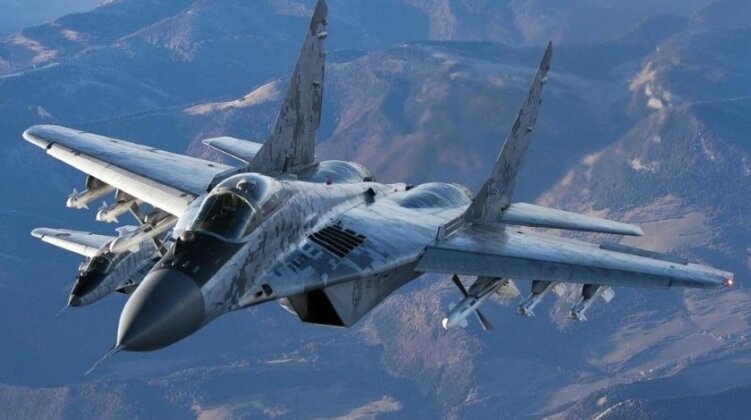
The Soviet Union had lengthy withheld its most succesful armaments from export, as seen not solely in aviation but in addition in armour with its T-64 and T-80 tanks had by no means been bought overseas. This was finished partially as a result of lengthy historical past of shoppers promoting Soviet weapons on to the West for research, with Egypt and Indonesia being essentially the most notable examples. On account of this lengthy standing coverage, when the PLA expressed an curiosity in buying the Su-27 after studying extra about is specs the united states refused. The MiG-29 and Su-27 had been developed in parallel as complementary fighters, with the previous supposed to be bought extensively overseas, produced in bigger numbers, and deployed nearer to frontlines whereas the latter would carry out lengthy vary missions and sort out the elite of an enemy air drive. The enemy in thoughts on the time was U.S. Air Power F-15 Eagle that the Flanker had been designed particularly to neutralise. The Su-27 was significantly dearer each to keep up and to accumulate, however was extra manoeuvrable at excessive speeds, deployed far more highly effective sensors and longer ranged R-27ER/ET missiles, and used AL-31F engines that had been significantly extra environment friendly. Regardless of the MiG-29 far surpassing the efficiency of something within the PLA fleet, and exceeding the capabilities of lighter F-16 and Mirage 2000 fighters it had beforehand reportedly thought of buying from the U.S. and France, the existence of the Su-27 curbed Chinese language curiosity within the lighter plane. One issue influencing this was that China’s J-10 light-weight fighter below improvement on the time was anticipated to fulfil the same function to the MiG-29, the place the Su-27 would supply distinctive capabilities that no different fighter had. One other issue was that the MiG-29’s specs had largely been comprised by exports to Japanese European states, which following the autumn of the Warsaw Pact positioned their technological secrets and techniques on the disposal of the West.
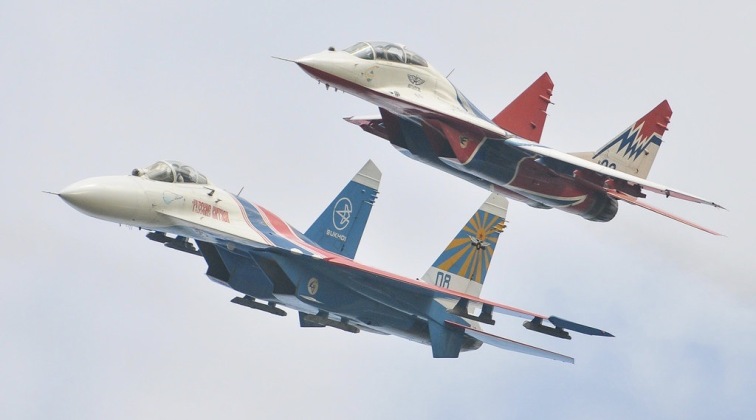
Stories relating to how Soviet officers got here to comply with export the Su-27 different. One report claimed that throughout the talks they and Chinese language officers who had studied within the Soviet Union recalled years of fraternal cooperation within the Nineteen Fifties, influencing Soviet officers with sentiment to approve in precept Su-27 gross sales to China. One other emphasised that the united states’s geopolitical scenario and want for cooperation with China led it to concede on the problem. One Chinese language supply even claimed that Chinese language curiosity within the Su-27 from the outset took place when officers from the 2 nations had been consuming collectively and a Soviet officer, after a number of photographs, by chance revealed that the Su-27 was set to be made out there for export which stunned the Chinese language delegation and resulted in an finish to curiosity within the MiG-29. On December 28, 1990, an settlement was signed for the export of 24 Su-27s to China. The primary three had been subsequently delivered earlier than the united states’s collapse in December 1991. This made China the primary nation permitted to accumulate the fighters and the one one ever to obtain them from the united states. Seventy p.c of the contract worth was reportedly paid in barter transactions. China’s comparable authorities mannequin as a socialist celebration state is assumed to have additionally influenced the Soviets to understand it as a extra dependable accomplice, the place requests from different shoppers reminiscent of Iraq or Iran for such a delicate plane had been more likely to have been refused. The MiG-29 had had a ample endurance for operations over Taiwan if bought to the PLA, and outmatched any Western fighters bought to Taipei, however the Su-27 ensured an capability to sort out F-15s of the U.S. and Japan and allowed Chinese language air energy to function in a a lot greater league.
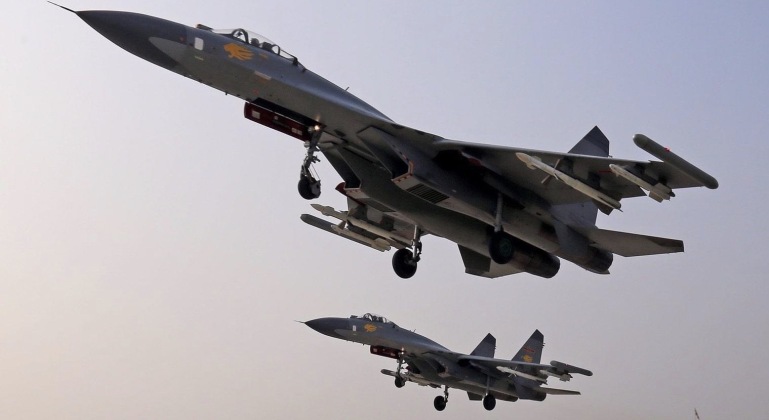
It may possibly solely be speculated whether or not, had it bought the MiG-29, the PLA would have positioned a number of followup orders and seemed to license manufacturing because it later did with the Su-27. A big risk would have been that after the Soviet collapse, when Russia was provided all tactical weapons for export and lifted prior restrictions, the PLA would have cancelled additional MiG-29 acquisitions in favour of the Su-27 probably even returned or bought on its MiG-29s to keep away from overly diversifying its fleet. Had the united states provided the MiG-29 to China earlier within the Eighties, nonetheless, when it started exporting the fighter in 1985, there would have been a better risk of enormous scale acquisitions by China. The MiG-29 the next decade noticed its efficiency considerably improved with an extended vary and new engines, sensors and avionics which elevated overseas curiosity within the design drastically. China went on to put two followup orders for Russian constructed Su-27s, and produced over 100 fighters below license domestically albeit with vital enhancements made to the design as its personal defence sector superior quickly. The Flanker design stays in manufacturing in China right this moment, most notably because the J-16. Trendy Chinese language Flankers profit from lighter stronger excessive composite airframes and extra fashionable sensors and armaments than Flankers produced in Russia, reflecting the key turnaround in each the Chinese language defence sector and the post-Soviet Russian economic system within the 30 years following the Soviet collapse.
[ad_2]
Supply hyperlink





